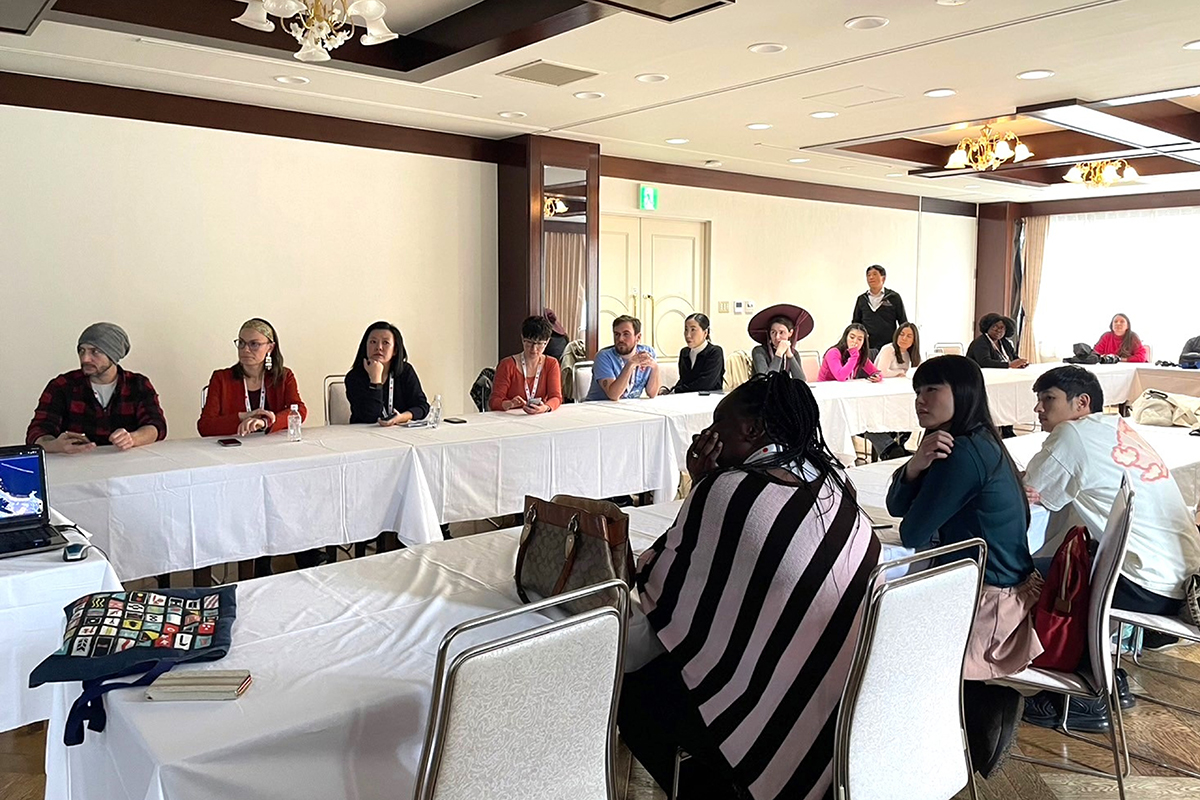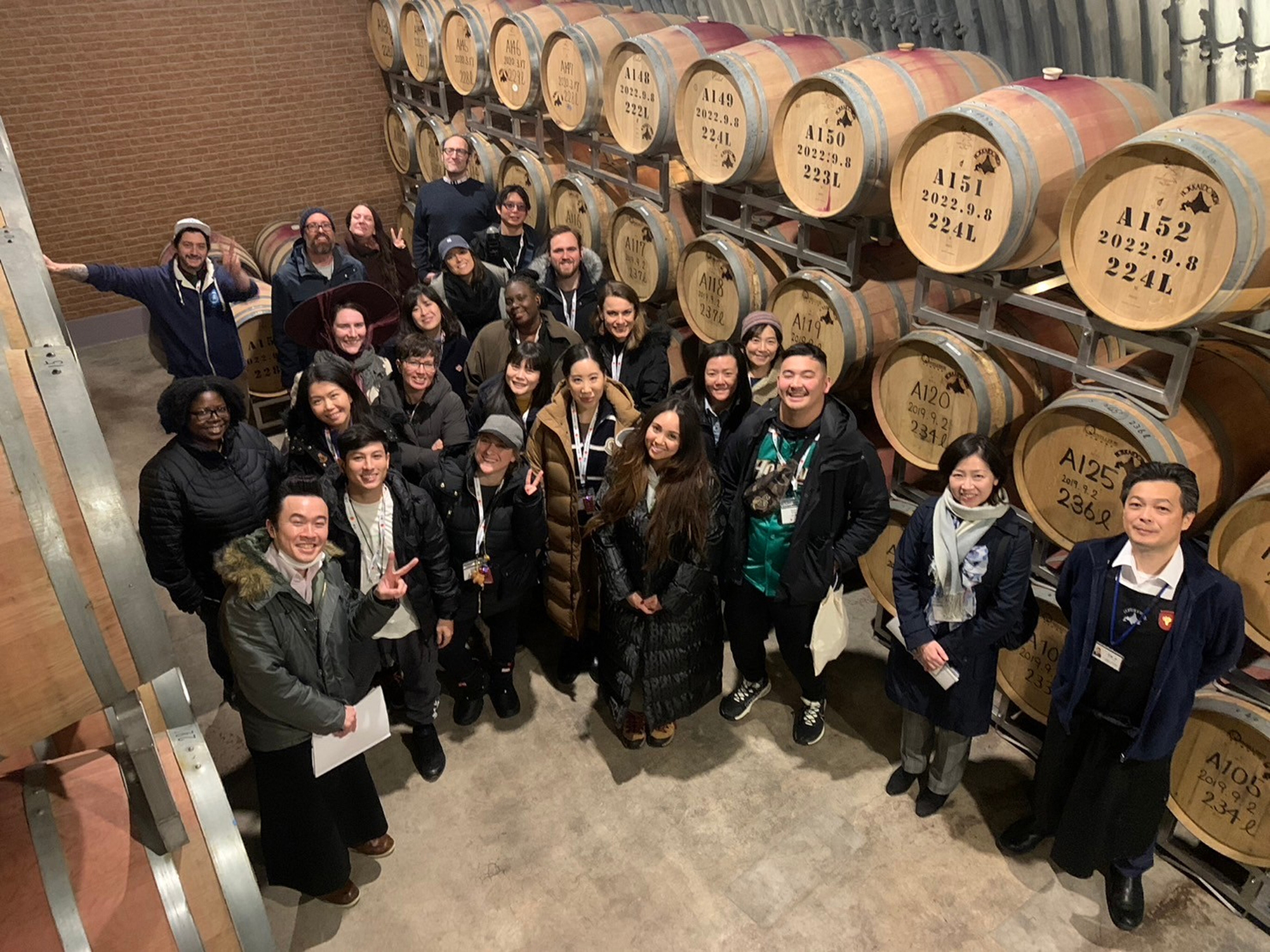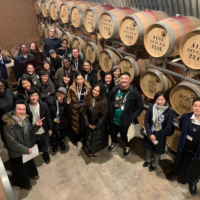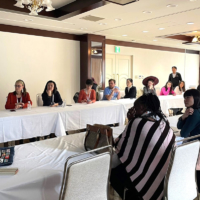Amid the growing global interest in Japanese cuisine, the Japan External Trade Organization and its Japan Food Product Overseas Promotion Center (JFOODO) recently welcomed international visitors deeply interested in Japanese food and food culture.
In partnership with the Council of Local Authorities for International Relations (CLAIR), JFOODO selected 21 individuals who had previously participated in the Japan Exchange and Teaching (JET) Programme, which has been under CLAIR’s management since 1987, for this distinctive initiative. These individuals, hailing from six English-speaking countries — the United States, Canada, Australia, the United Kingdom, Singapore, and Trinidad and Tobago — underwent a special selection process to participate in the program.
From Feb. 18 to 24, participants toured the prefectures of Iwate, Miyagi and Fukushima in the Tohoku region, as well as Hokkaido. They had the opportunity to deeply immerse themselves in the “charm of Japanese food and Japanese food culture” by engaging in activities such as learning about the harvesting of produce, participating in agricultural tours, observing the processing of seafood and exploring the production of alcoholic drinks such as whisky, wine and sake. This program also sought to highlight the safety of Japanese food internationally and address local concerns regarding the discharge of treated water from the crippled Fukushima nuclear power plant.
Akane Umemura, assistant manager of the overseas promotion planning section at JFOODO, spoke of the safety of Japanese food products, saying, “During their time at Matsukawaura Fishing Port in Fukushima Prefecture, the participants received detailed explanations from a local tourism association representative about the 2011 Great East Japan Earthquake and the safety measures for food products.“ Japan has established the world’s strictest standards for testing radioactive materials in food products. ”They learned that these standards are 12 times stricter than those in the U.S. and the EU, making them exceptionally rigorous in comparison to global benchmarks. While many participants had prior knowledge of the earthquake’s effects from media coverage, their visit to Fukushima significantly deepened their understanding of food safety,” she said.

Umemura highlighted that the tour offered participants a chance to experience the flavors of Japanese cuisine firsthand, particularly the exceptional ingredients of the Hokkaido and Tohoku regions, and deepen their understanding of Japan’s unique culinary heritage and dedication. The tour included a visit to the Hokkaido town of Toyoura, where participants explored the fishing port and a scallop-processing facility. The scallops from Toyoura, nurtured in calm and fertile waters, are known for their thick, firm flesh and rich flavor. One participant, familiar with other Japanese scallops from back home, praised the superior quality of the local scallops, describing them as “exceptional.”
On one day in Miyagi, the group savored a variety of dishes showcasing the region’s abundant local produce, with a special focus on oysters. After witnessing the harvesting and processing of oysters at the fishing port of Isozaki, they indulged in a full course of oyster dishes at a kakigoya (oyster hut). The menu included grilled oysters, oyster miso soup, oyster takikomi gohan (mixed rice) and other dishes. This unique dining experience in the kakigoya, alongside the diversity of Japanese food culture and the richness of local ingredients, was thoroughly enjoyed.
Participants were not only captivated by the deliciousness of Japanese cuisine but also impressed by the meticulous craftsmanship of the Japanese, Umemura said. Their visits to Nikka Whisky Distilling Co. and Hokkaido Wine Co. Ltd. allowed them to appreciate the carefully crafted Japanese whisky and wine. They also visited Sasanokawa Shuzo Co. Ltd. in the Fukushima city of Koriyama, where they observed the production processes of sake and whisky. “As they walked through each brewery, they were greeted by distinctive aromas tied to the specific beverages being crafted, underlining the deep pride Japanese craftsmen hold in their artistry,” Umemura explained. One of the participants expressed admiration for the variety of Japanese cuisine and how it has evolved to suit modern times while still preserving traditional practices.
The participants visited many other places as well and have been sharing their experiences on social media, including with photos and videos, broadcasting the excellence of Japanese cuisine worldwide using the #JFOODO hashtag. Umemura said JFOODO will continue to support such dissemination to extend the wonderful elements of Japanese food and food culture to the world at large.





